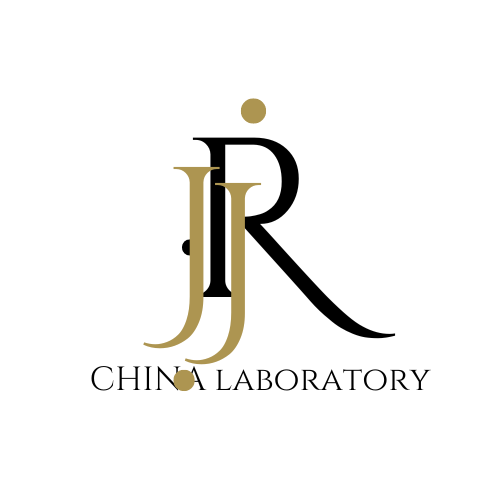
Regulations for Consumer Electronics
Current CE certification Framework in the EU
The European Union (EU) regulates household appliances through the CE certification framework. CE certification consists of five key directives: the Low Voltage Directive (LVD), the Electromagnetic Compatibility Directive (EMCD), the Energy-related Products Directive (ErP), the Restriction of Hazardous Substances Directive (RoHS), and the Waste Electrical and Electronic Equipment Directive (WEEE).
The EU continuously expands and updates CE certification models, directive requirements, and corresponding harmonized standards to ensure effective regulation of household appliances. For example, from July to October 2021, the EU implemented updates to harmonized standards for household appliances such as liquid heaters and drum washing machines, strengthening technical requirements for continuous regulatory oversight.
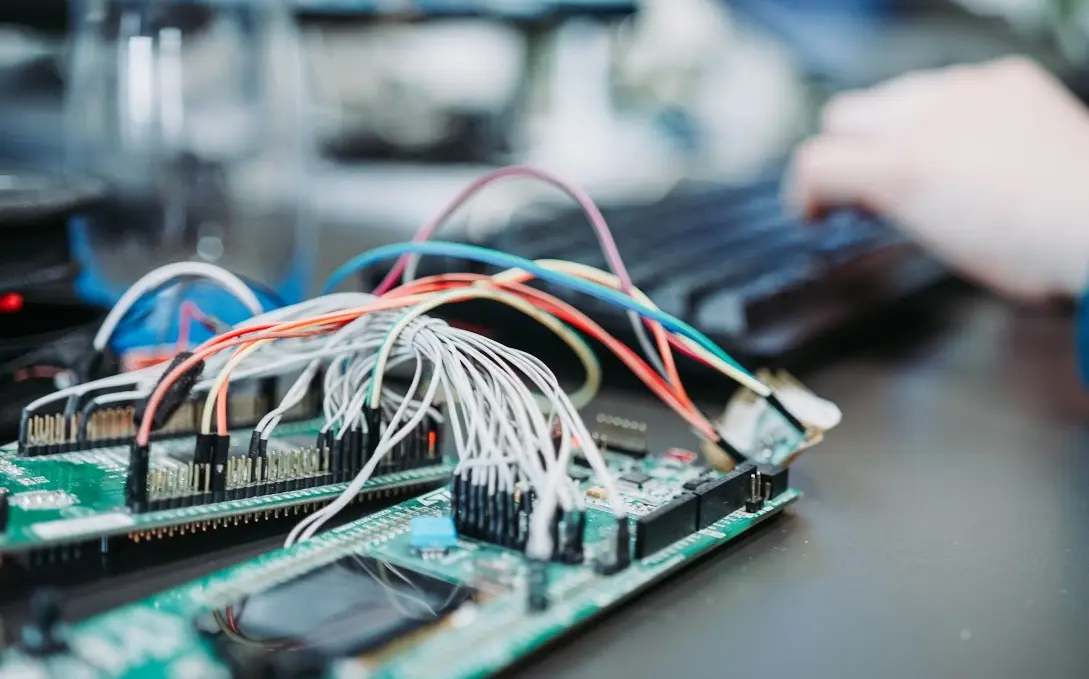
1. CE Certification
CE certification is a safety certification and a mandatory requirement for household appliances entering the EU market. Before being marketed, household appliances must bear the CE mark, indicating compliance with the essential requirements of the EU CE certification (New Approach Directives) and technical harmonization. This is a legal obligation in the EU.
The CE mark can be affixed by the manufacturer or its authorized representative within the EU, provided the product has undergone and met all requirements of the CE conformity assessment procedure. To comply with CE certification, the following steps must be followed:
1. Identify the applicable directives for the product. Household appliances must comply with LVD, EMC, ErP, RoHS, and WEEE directives.
2. Choose an appropriate conformity assessment module from the eight modules (Module A to Module H) under the New Approach Directives to conduct conformity assessment.
3. After assessment, the manufacturer affixes the CE mark and any additional required directive information.
2. Low Voltage Directive (LVD)
The LVD applies to all electrical equipment operating at 50–1000V AC and 75–1500V DC, except those used in specialized fields such as medical, maritime, or aviation applications. It was the first and most fundamental technical regulation under the CE framework, focusing on electrical safety, including protection against electric shock, overheating, radiation, and overcurrent. The latest version of the LVD is Directive 2014/35/EU, issued on March 29, 2014.
Under the LVD, EU standardization bodies (CEN, CENELEC, ETSI) establish harmonized standards for various products. Compliance with these standards indicates conformity with the LVD’s safety requirements. For example, internal production control (Module A) requires manufacturers to compile a complete technical file and a declaration of conformity.
According to the EU Commission's updated list of LVD harmonized standards released on September 14, 2018, the applicable standards for household appliances include the EN 60335 series:
- General safety standard: EN 60335-1
- Specific product standards:
- Vacuum cleaners: EN 60335-2-2
- Washing machines: EN 60335-2-7
- Liquid heaters: EN 60335-2-15
The latest update by CENELEC between July 20 and October 5, 2021, revised nine standards, including general standards (EN 60335-1), spin dryers (EN 60335-2-4), drum washing machines (EN 60335-2-11), liquid heaters (EN 60335-2-15), and portable immersion heaters (EN 60335-2-74). These updates ensure harmonized standards align with the latest electrical safety requirements.
3. Electromagnetic Compatibility Directive (EMCD)
Electromagnetic compatibility (EMC) for household appliances includes two aspects:
1. Electromagnetic interference (EMI): Ensures that appliances do not generate excessive interference.
2. Electromagnetic susceptibility (EMS): Ensures appliances can resist external electromagnetic interference.
The latest EMCD, Directive 2014/30/EU, was issued by the European Parliament and Council on February 26, 2014.
Household appliances must meet EMCD requirements through a conformity assessment procedure, mainly using Module A. Manufacturers must conduct assessments based on harmonized EMCD standards, compile technical documentation, and issue an EU declaration of conformity.
Relevant EMCD harmonized standards for household appliances include:
- Emission: EN 55014-1:2006+A1:2009+A2:2011
- Immunity: EN 55014-2:1997+A1:2001+A2:2008
- Harmonics: EN 61000-3-2:2014
- Voltage fluctuations: EN 61000-3-3:2013
- Radiated emissions: EN 55032:2012
- EMI for microwave ovens and induction cookers: EN 55011:2009+A1:2010
For vacuum cleaners, EMC testing covers:
1. Disturbance power (EN 55014-1):
- 30–300 MHz frequency range
- Quasi-peak limit: 45–55 dB
- Average limit: 35–45 dB
2. Harmonics (EN 61000-3-2):
- Maximum allowable current for 3rd harmonic: 2.30 A
- Maximum allowable current for 5th harmonic: 1.14 A
3. Power terminal disturbance voltage (EN 61000-3-2):
- Frequency range: 0.5–5 MHz
- Peak voltage limit: 56 dB (μV)
- Average voltage limit: 46 dB (μV)
4. Energy-related Products Directive (ErP)
The erp directive (2009/125/EC) establishes an eco-design framework for energy-related products. The EU has introduced 34 implementing measures, 13 of which apply to household appliances.
After the ErP implementing measures are issued, corresponding harmonized testing standards are published in the Official Journal. Examples include:
- Standby and off-mode power: EN 50564:2011
- Refrigerators: EN 62552:2013
- Air conditioners and comfort fans: EN 12102:2013
Products must undergo testing as per these standards and bear an energy efficiency label in accordance with (EU) No 2017/1369. The label displays the product’s energy efficiency rating, helping consumers choose more energy-efficient products.
5. Restriction of Hazardous Substances (RoHS) Directive
The RoHS Directive, issued on February 13, 2003, restricts the use of hazardous substances in electronic and electrical equipment, including lead, mercury, cadmium, hexavalent chromium, polybrominated biphenyls (PBBs), and polybrominated diphenyl ethers (PBDEs).
Household appliances fall under RoHS regulation, with strict limits on the concentration of hazardous substances. On July 1, 2011, the RoHS 2.0 Directive (2011/65/EU) was introduced, expanding the scope from 8 to 11 product categories and adding more specific documentation requirements. RoHS 2.0 also introduced four additional restricted substances, including di(2-ethylhexyl) phthalate (DEHP).
Manufacturers must ensure products entering the EU market comply with RoHS 2.0, with toxic substance concentrations within the prescribed limits. Technical documentation and declarations of conformity must be retained for at least 10 years.
6. Waste Electrical and Electronic Equipment (WEEE) Directive
The WEEE Directive, first issued in 2003, aims to improve recycling rates for electrical and electronic waste. On July 24, 2012, the WEEE 2.0 Directive was introduced, with five key changes:
1. Expanded product scope
2. Increased collection targets
3. Three-phase adjustment of recycling rate goals
4. Clearer manufacturer registration and reporting requirements
5. Direct adoption of marking standard EN 50419:2006
Household appliances in the EU market must comply with WEEE regulations, including marking the waste bin symbol as per EN 50419 and ensuring registration and reporting obligations. Manufacturers must fund waste collection, recycling, and environmentally friendly disposal.
For household appliances to be exported to the EU, they must comply with at least five directives: LVD, EMCD, ErP, RoHS, and WEEE. Manufacturers must conduct conformity testing, choose appropriate assessment models, provide technical documentation and declarations, and affix the CE mark on their products.
Email:hello@jjrlab.com
Write your message here and send it to us
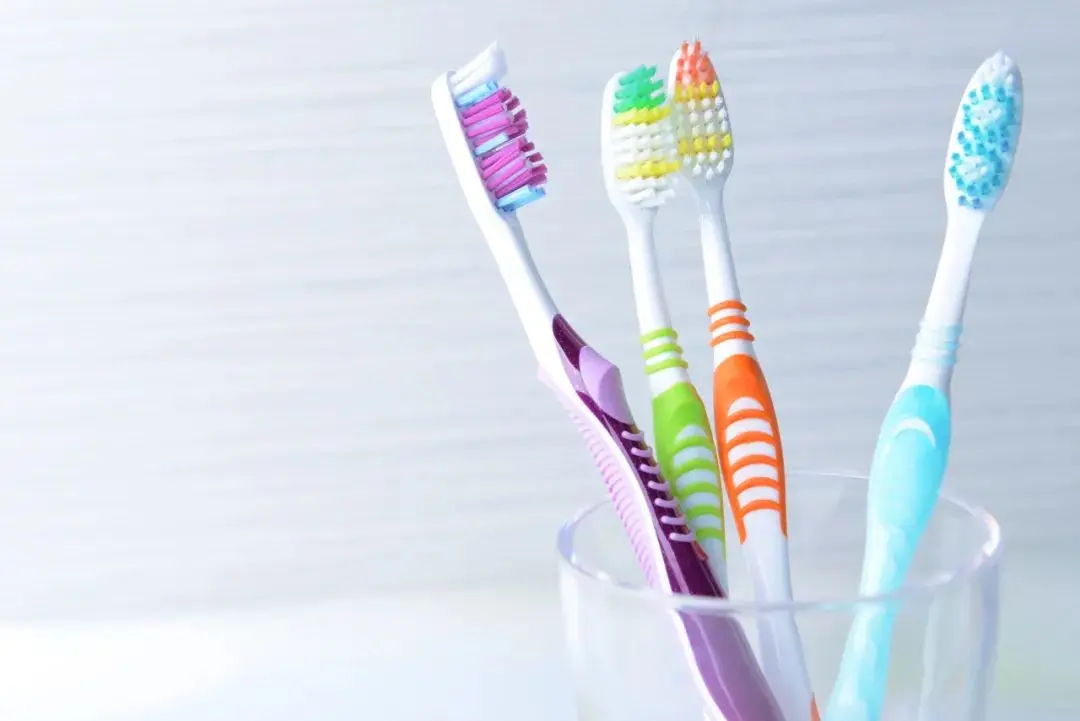 Toothbrush FDA Certification Testing
Toothbrush FDA Certification Testing
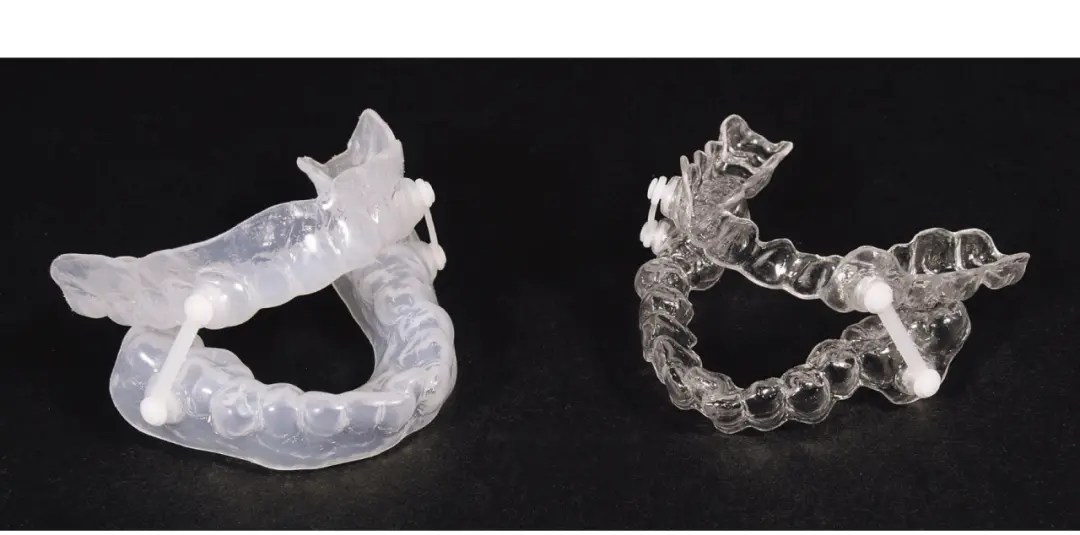 Snoring Device FDA 510k Standard Testing
Snoring Device FDA 510k Standard Testing
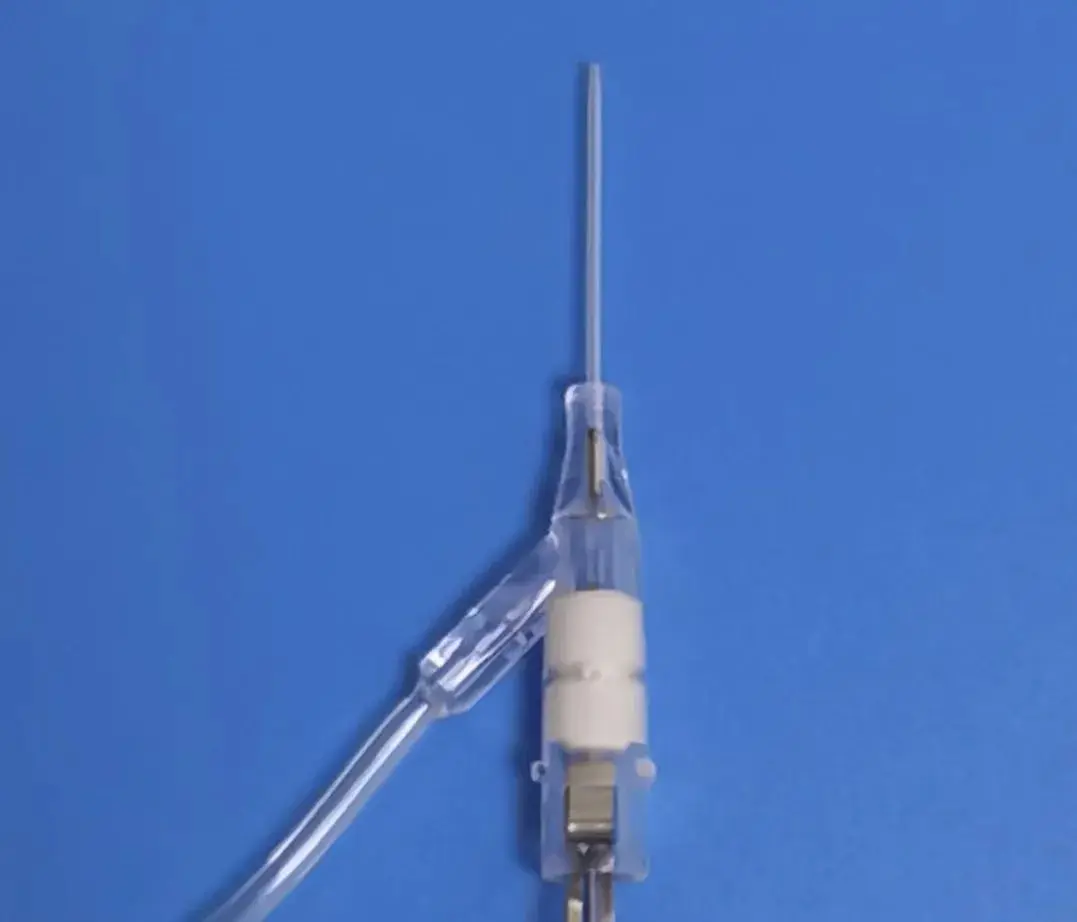 Single Use Intravenous Catheter Certification Test
Single Use Intravenous Catheter Certification Test
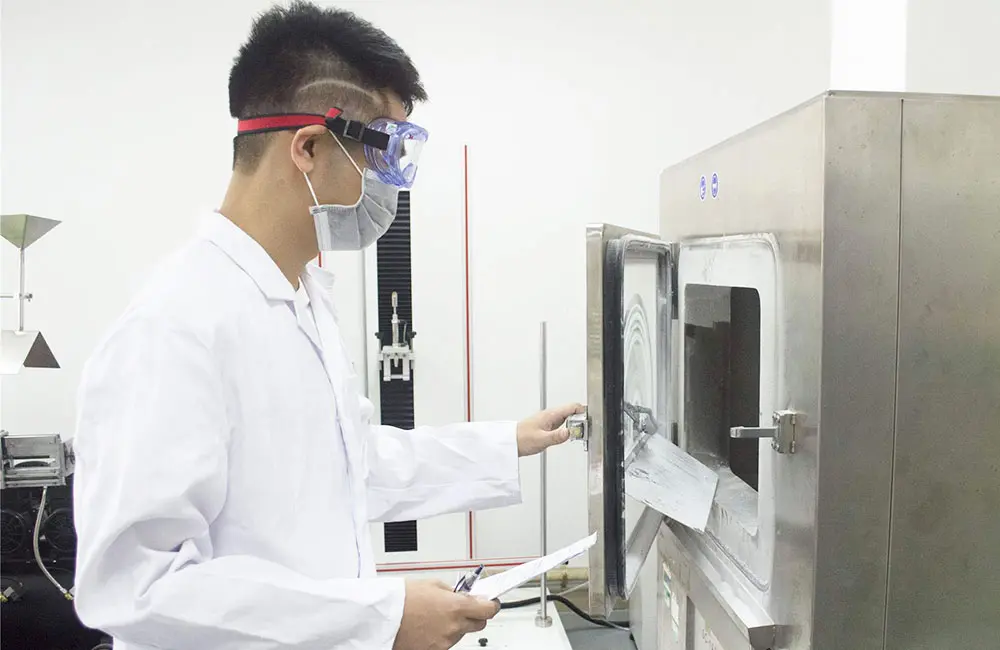 Silicone Material Product Compliance Certification
Silicone Material Product Compliance Certification
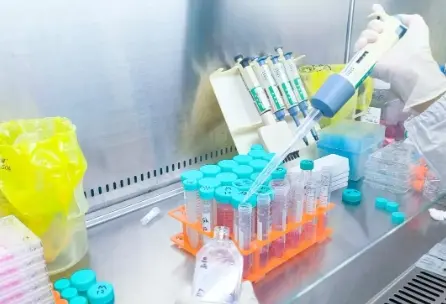 What to Do If Cytotoxicity Test Results Are Positi
What to Do If Cytotoxicity Test Results Are Positi
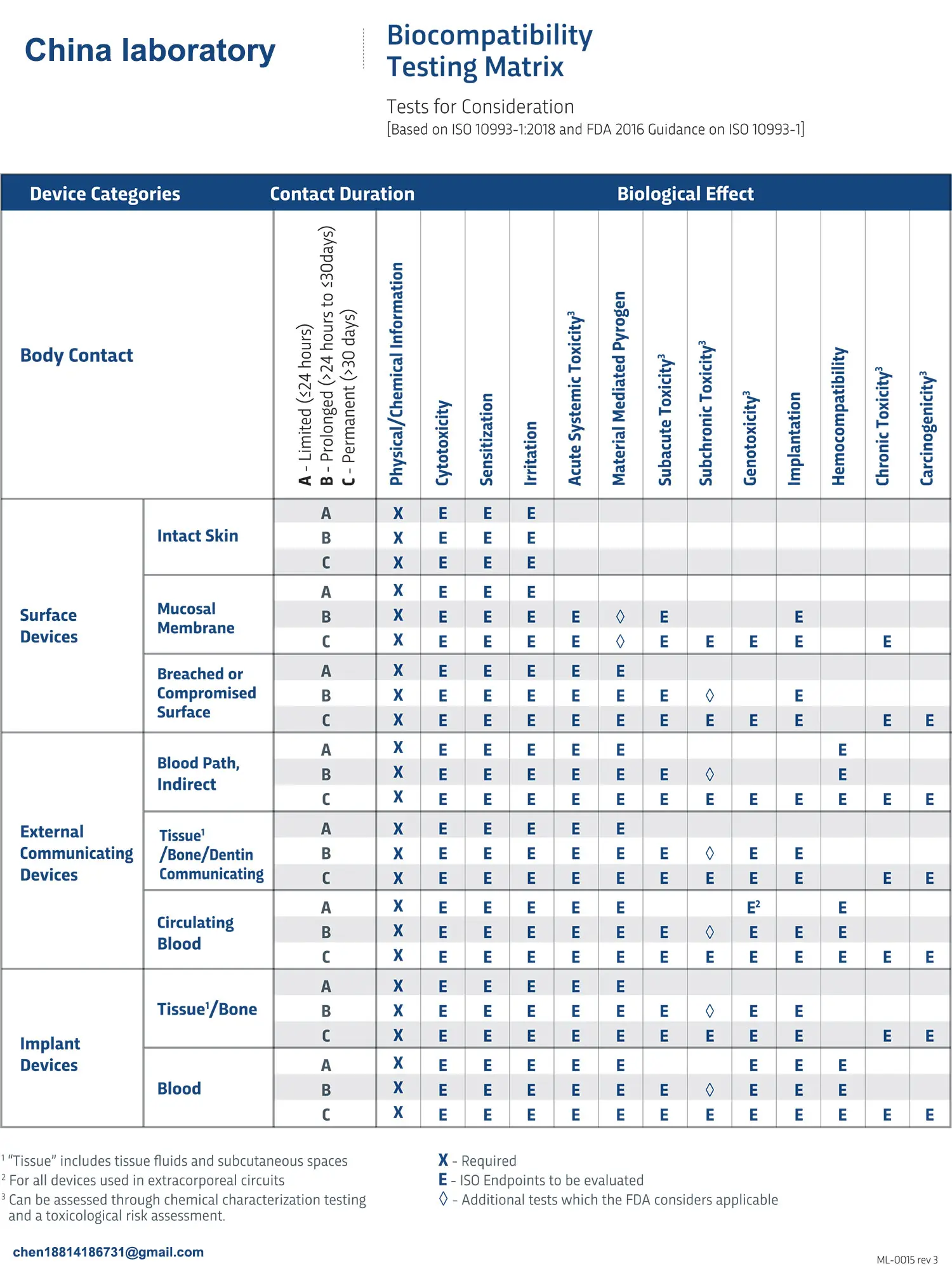 ISO 10993:5 Cytotoxicity Testing Methods
ISO 10993:5 Cytotoxicity Testing Methods
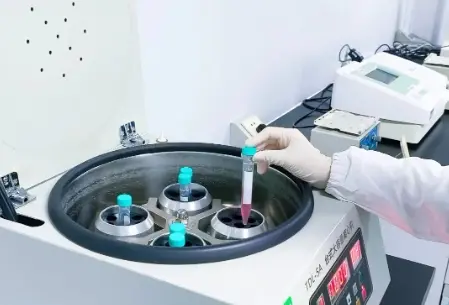 FDA ISO 10993-1 Biocompatibility Evaluation Guidel
FDA ISO 10993-1 Biocompatibility Evaluation Guidel
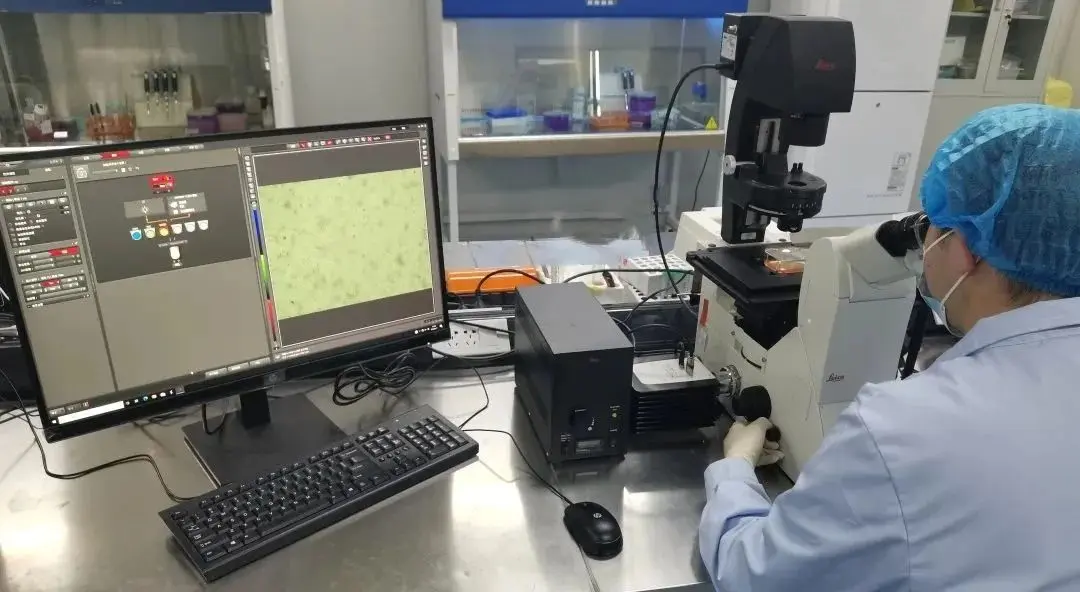 In Vitro Cytotoxicity Testing for Medical Devices
In Vitro Cytotoxicity Testing for Medical Devices
Leave us a message
24-hour online customer service at any time to respond, so that you worry!
